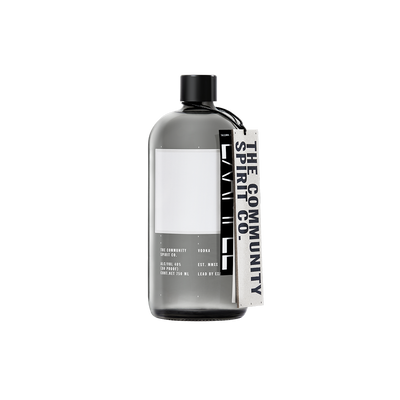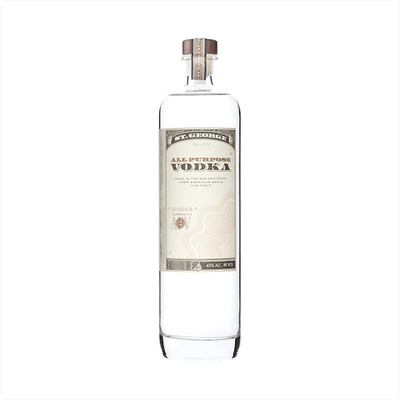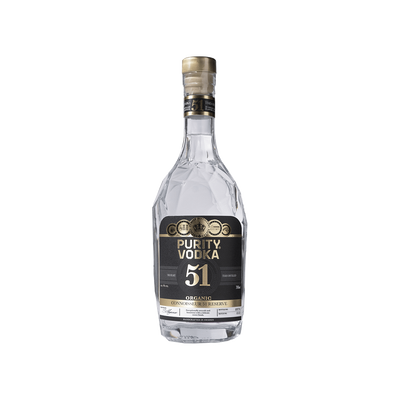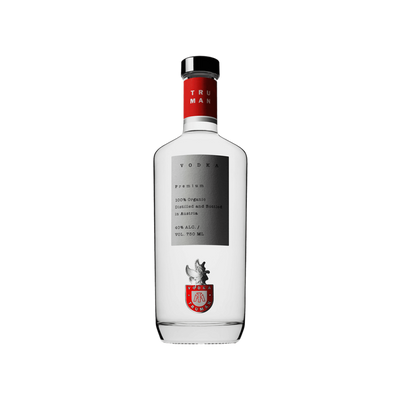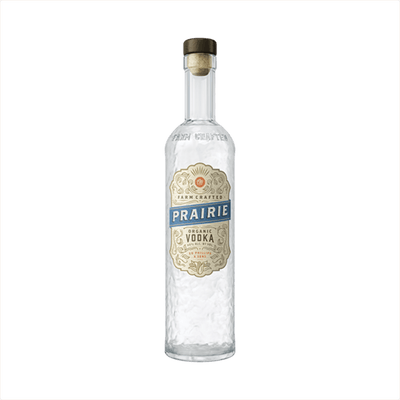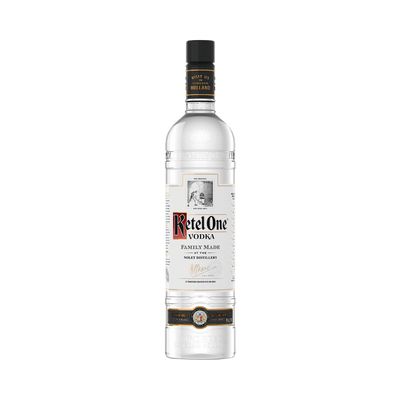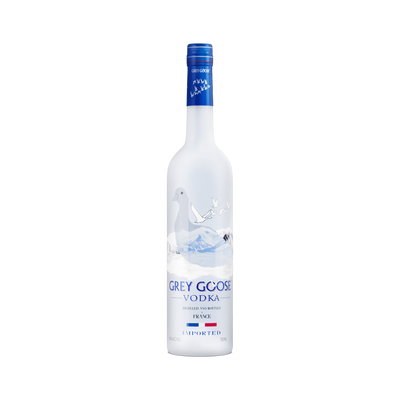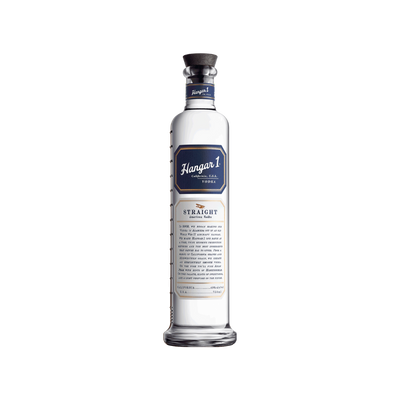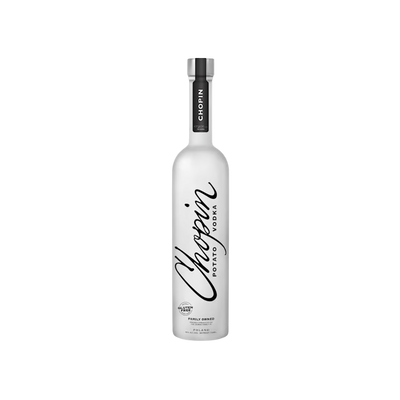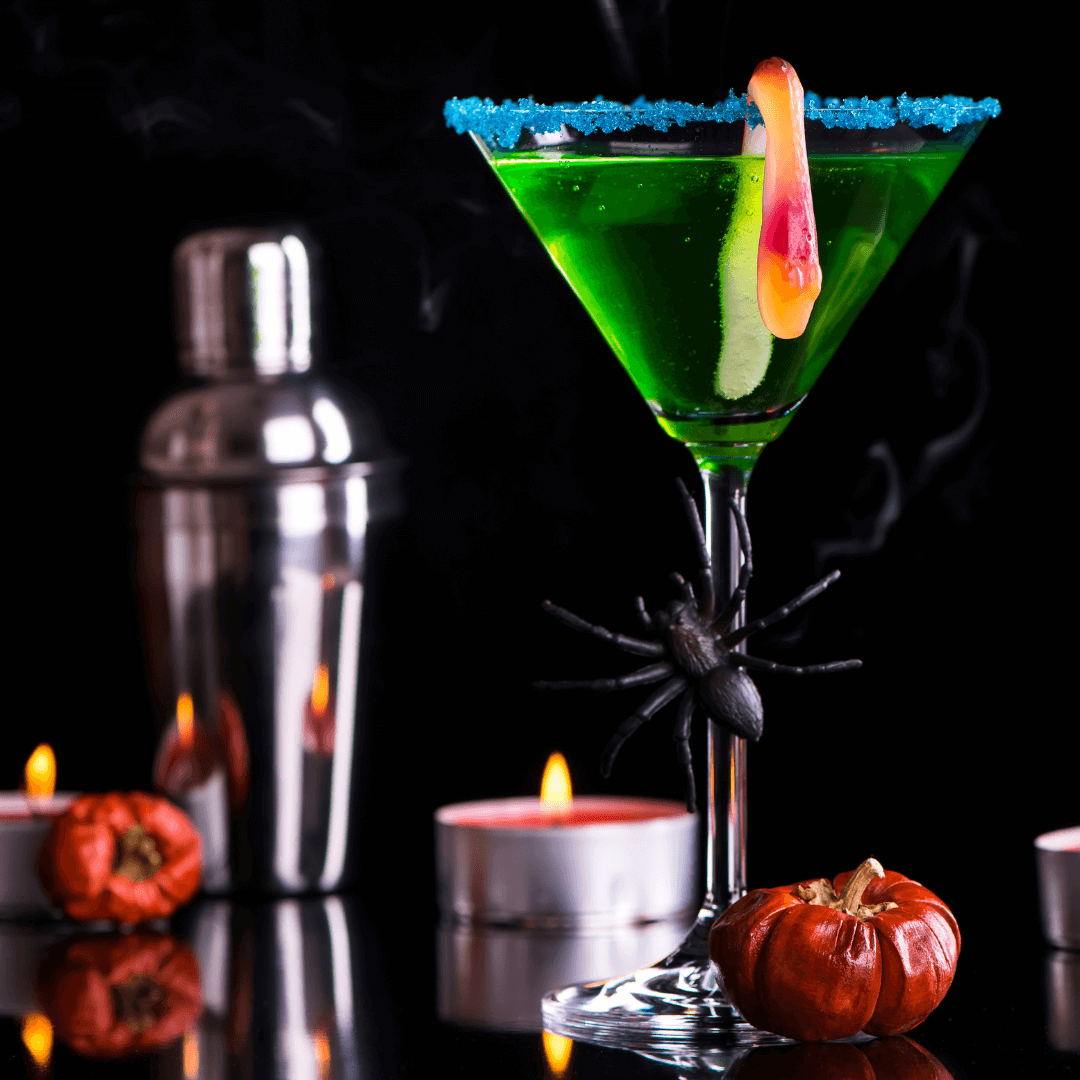Unflavored Vodka
What is Unflavored Vodka?
Unflavored vodka is the purest expression of Vodka, distilled and filtered to achieve maximum neutrality in both taste and aroma. This clean, clear spirit serves as the foundation for countless cocktails precisely because it won't compete with other ingredients – think of it as the perfect blank canvas for mixologists. What defines unflavored vodka is its commitment to being virtually odorless and tasteless, achieved through multiple distillations and extensive filtration processes that strip away impurities while preserving the spirit's smooth, clean character.
Learn More About Unflavored Vodka
What makes Unflavored Vodka unique?
Unflavored vodka stands as the purest expression of the distiller's art, stripped of everything except ethanol and water to achieve near-perfect neutrality. While flavored vodkas rely on added ingredients like vanilla, citrus, or botanicals to create their character, unflavored vodka showcases the subtle differences in base materials—whether potato, grain, or sugar beet—and the precision of the distillation process itself. This clean slate approach makes unflavored vodka the bartender's best friend, providing a smooth, clear foundation that won't compete with other cocktail ingredients while still carrying the distinctive fingerprint of its production method.
How is Unflavored Vodka made?
Unflavored vodka starts with fermenting a base material like grains (wheat, rye, corn) or potatoes into a low-alcohol wash, which then gets distilled multiple times through column stills to achieve high purity and remove impurities. The resulting high-proof spirit undergoes filtration through activated charcoal or other materials to strip away remaining flavors and create that clean, neutral character vodka is known for. Finally, the distillate gets diluted with purified water to bottling proof, typically around 40% alcohol by volume.
How do you drink Unflavored Vodka?
Unflavored vodka shines brightest as a cocktail base, where its clean, neutral profile lets other ingredients take center stage in classics like martinis, Moscow mules, and bloody marys. While purists sometimes sip premium vodka neat or on the rocks to appreciate subtle differences between brands, most people prefer it mixed into cocktails or served as chilled shots. You'll find unflavored vodka working magic in everything from refreshing summer drinks like vodka tonics to warming winter cocktails like white Russians, making it the ultimate year-round spirit that adapts to any occasion.
How do I choose a good Unflavored Vodka?
When selecting unflavored vodka, focus on smoothness and clean finish rather than getting caught up in marketing claims about filtration methods or exotic water sources. For cocktails with strong mixers like Bloody Marys or Moscow Mules, a solid mid-shelf vodka works perfectly fine, but if you're making martinis or other spirit-forward drinks, invest in a premium bottle where the vodka's character truly shines through. The best test is simple: try it neat at room temperature – a quality vodka should go down smoothly without harsh burn or off-flavors lingering on your palate.
Nutritional Information
Typical Calorie Range per Ounce: 64-70 calories
Typical Carbohydrate Range per Ounce: 0 grams
Typical Sugar Range per Ounce: 0 grams
Typically Gluten Free: Yes
While most unflavored vodkas are considered gluten-free due to the distillation process that removes gluten proteins, production methods can vary between brands. Some vodkas are made from gluten-containing grains like wheat or rye, while others use potatoes, corn, or other gluten-free sources. If you have celiac disease or severe gluten sensitivity, always check the specific product information and manufacturer details to confirm gluten-free status before consuming.
Scrolled this far? Your reward? Unflavored Vodka Trivia!
- Poland and Russia actually can't agree on who invented vodka – and it's gotten so heated that both countries have petitioned the European Union for official recognition. Poland claims archaeological evidence of distillation dating back to the 8th century, while Russia points to a 9th-century monk named Isidore. The dispute has gone on for centuries, with both nations filing formal complaints about each other's marketing claims. Talk about national pride in a bottle!
- Premium vodka brands conduct "mouthfeel meetings" where professional tasters evaluate the liquid's texture using specialized vocabulary – they literally have words like "creamy," "silky," "chalky," and "aggressive" to describe how water and ethanol feel on your tongue. These sessions can last hours, with tasters cleansing their palates between samples using specific crackers and room-temperature water. Some distilleries employ former wine sommeliers specifically for their refined palate sensitivity.
- The world's most expensive vodka bottle contains actual diamonds and gold – but here's the kicker: the liquid inside is often the same recipe as the brand's standard offering. Billionaire Vodka, priced at $3.7 million per bottle, gets its value from 3,000 diamonds embedded in the bottle design. The vodka itself? Triple-distilled and filtered through Nordic birch charcoal, just like many $30 bottles. You're literally paying millions for the packaging.
- NASA has seriously considered vodka as rocket fuel – not because astronauts need a drink, but because ethanol burns cleanly and could theoretically power spacecraft engines. Soviet cosmonauts actually smuggled vodka aboard Mir space station missions by hiding bottles inside medical equipment. The alcohol served both as antiseptic and morale booster during those long, isolated months in orbit.
- Vodka can be made from literally anything containing sugar or starch – including milk, soybeans, and even paper pulp. Black Cow Vodka distills their spirit from whey, a cheese-making byproduct, while some craft distilleries have experimented with quinoa, hemp, and beets. One Japanese distillery briefly made vodka from rice that had been used in sake production. The craziest part? After proper distillation and filtration, they all taste remarkably similar.
Higher-proof spirits can be intense. Mix carefully, taste thoughtfully, and enjoy responsibly.
Gift message (optional)



